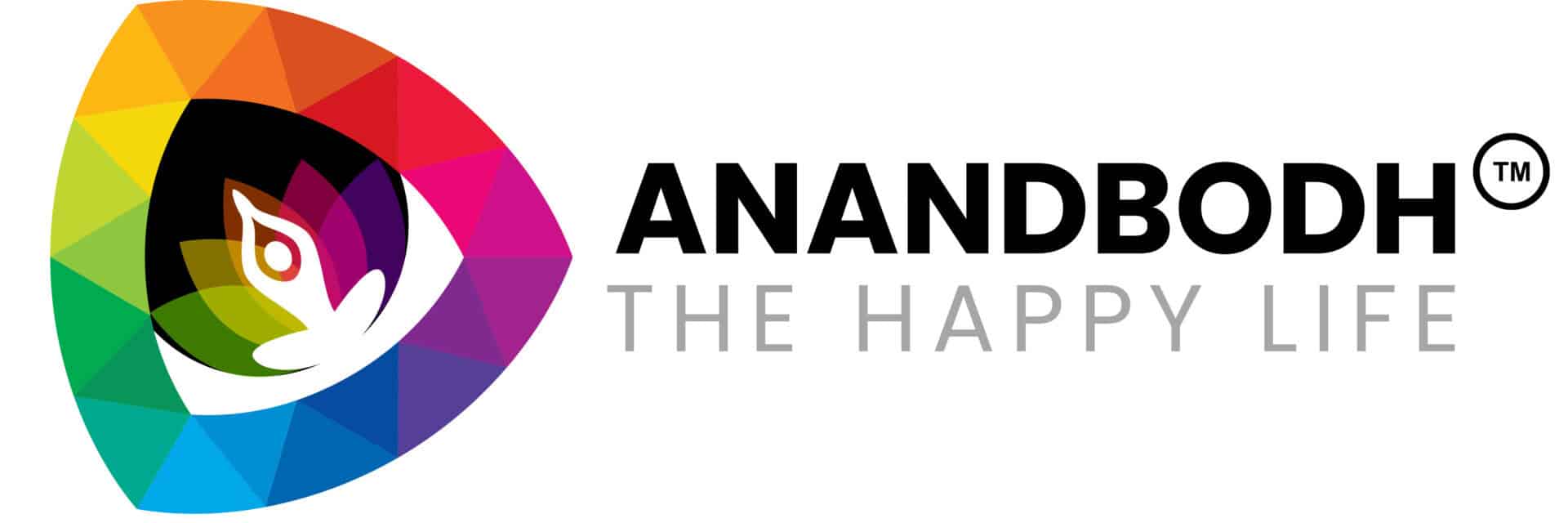My dear seekers, this is an insightful exploration, and I deeply resonate with the curiosity surrounding the relationship between Dhyan and meditation. Allow me to expand on this profound topic with a few nuanced thoughts.
Dhyan, as mentioned, is indeed an advanced stage of meditation. However, its essence is far more intricate and transformative when contextualized within the framework of yogic philosophy. Meditation, in its broadest sense, serves as the foundation—like the fertile soil from which the tree of Dhyan can grow. But what distinguishes Dhyan from generic meditation lies in the depth of absorption and the dissolution of duality.
Nuances to Reflect On:
1️⃣ Meditation is Practice; Dhyan is the State:
Meditation encompasses methods—guided techniques, breathwork, or mindfulness practices—that prepare the mind. Dhyan, on the other hand, is the natural outcome of this preparation, where effort ceases and pure awareness dawns. It is not something you “do”; it is something you “become.”
2️⃣ Dhyan Transcends the Object:
In its truest form, Dhyan is not merely concentration on an object, mantra, or thought. It is the dissolution of the observer, the observed, and the process of observation. This is where the practitioner transitions from mindfulness to mindlessness, a state of pure being.
3️⃣ Scientific Parallel—Flow State:
Modern neuroscience parallels Dhyan with what is termed the “flow state,” where the prefrontal cortex activity diminishes, ego boundaries dissolve, and there’s a sense of timelessness. Yet, Dhyan goes beyond this—it is not limited to action or performance but to the realization of one’s boundless nature.
4️⃣ Dhyan in Yogic Hierarchy:
As per the Yoga Sutras, Dharana (concentration) precedes Dhyan. Dharana trains the mind to focus, but Dhyan is the uninterrupted flow of this focus—a state where even the effort to concentrate fades away. It is the preparatory stage for Samadhi, where all distinctions dissolve entirely.
5️⃣ Role of Energy (Prana):
Dhyan is not merely mental but deeply energetic. A calm, balanced flow of prana (life force energy) is critical. This is why preparatory practices like asana (postures) and pranayama (breath control) are essential—they clear the blockages that could hinder true meditative absorption.
6️⃣ Dhyan in Daily Life:
While traditionally associated with seated practice, Dhyan transcends the mat. True Dhyan permeates life, allowing one to engage with the world while remaining deeply rooted in inner stillness. It is the art of being “in the world but not of it.”
A Call to Practice:
Remember, dear community, the journey from meditation to Dhyan is not linear but evolutionary. Begin with anchoring practices like mindfulness and mantra meditation. Cultivate patience, as Dhyan blooms only when the mind is ready to dissolve its habitual chatter.
Lastly, understand this: Dhyan is not about achieving—it is about unbecoming. It is the removal of layers that veil your true self, leading you to the realization of unity with the infinite.
I invite you all to share your practices and experiences as we collectively grow deeper in our understanding and application of Dhyan. Let us tread this path together, supporting and inspiring one another toward the ultimate truth.
With blessings and light,
Guru Anand 🌿


